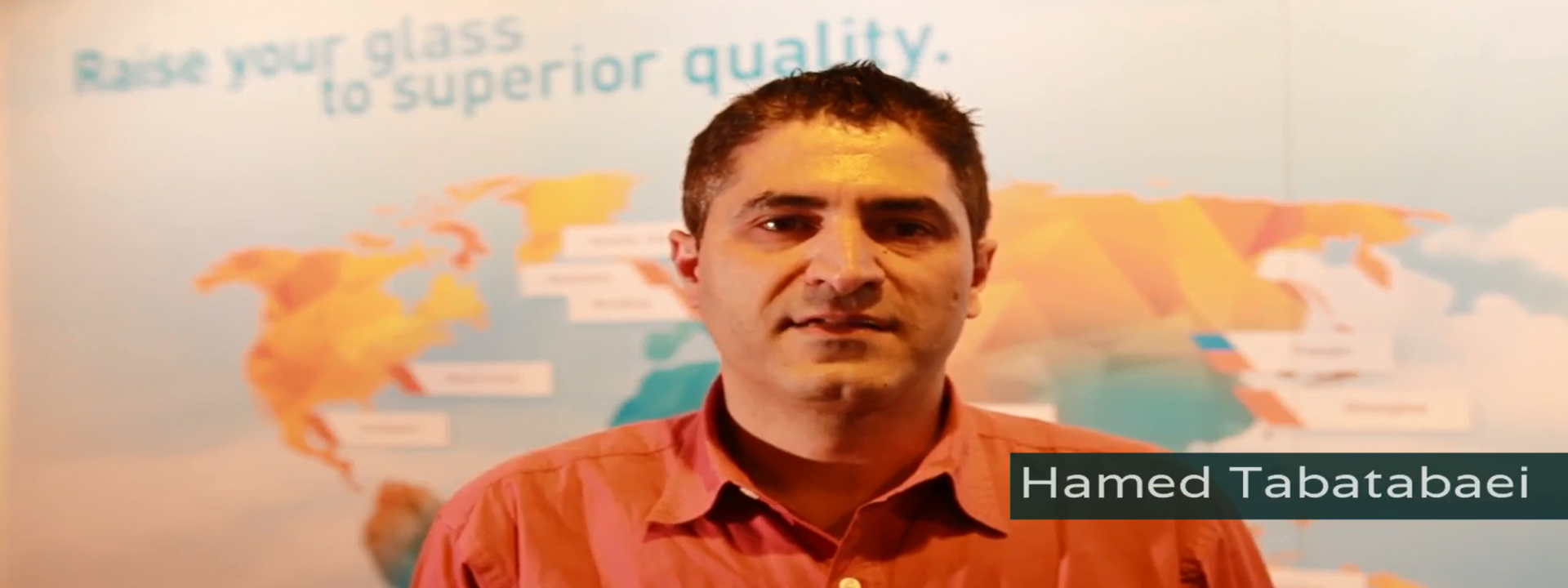
This week, we’re dealing with the following two questions:
For this week’s questions, see our full video response below. Special thanks to our experienced engineer Hamed Tabatabaei from Glaston America, Inc. for sharing his knowledge.
As always, remember to learn, share and succeed!
Due to the nature of the flat tempering process, you always get some level of roller wave, edge kink, or both, in tempered glass. At the same time, you do not have these problems with annealed glass. This means that when laminating tempered glass, these problems and their prevention need to be considered. Because of these possible issues, the aim with tempered glass is to minimize the gap between the glasses. This can be done, for example, by aligning the glasses correctly.
As to the differences in the processes, tempered glass might require more air pressure from beneath the rollers than annealed glass. Plus, you should use a slower conveyor speed for tempered glass. Thicker interlayers can also be used to fill the gap between the glasses caused by the roller wave.
This is true. A higher tensile stress causes glass to break more easily during the heat soak test. However, the difference is quite small.
Inscreva-se no boletim informativo da Glastory
Respondemos às suas perguntas sobre o processamento de vidro. Diga-nos qual é o seu problema e faremos o melhor para ajudá-lo.
Comments are closed.